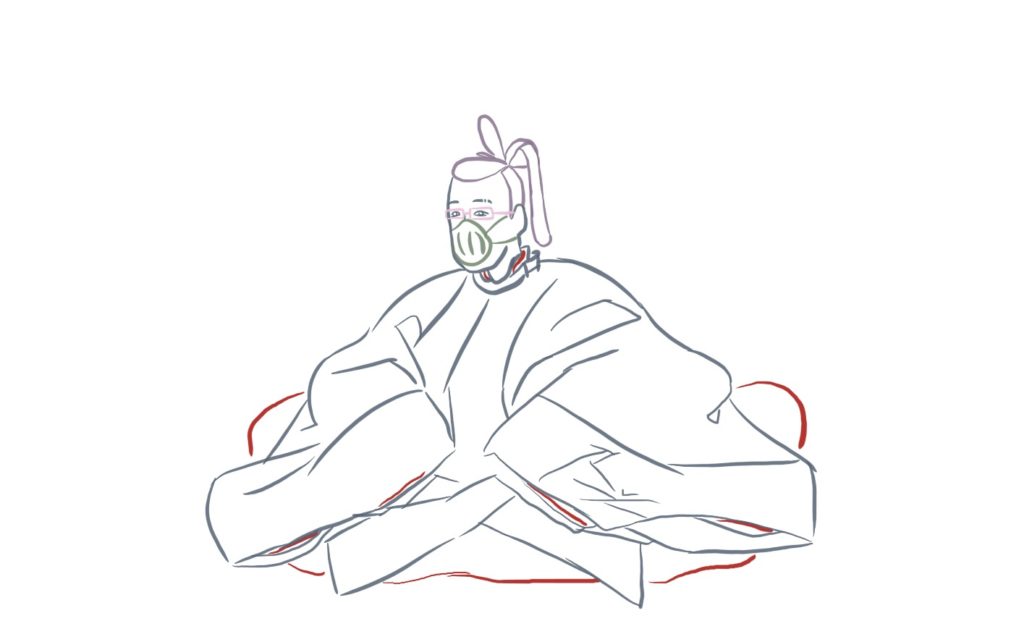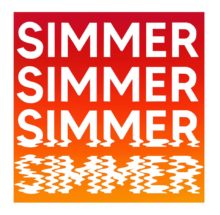
My current practice uses historical depictions of bodies against contemporary contexts to reflect the constant recycling of the past within contemporary art and culture. I have found that Medieval religious art, often uses illustration to tell stories of morality. These depictions of contorted mythological bodies use a simplistic form to create concise messages. I used this imagery to create my own digital illustrations. My aim is to distort the imagery into contemporary contexts to address issues such as anxiety around cultural shifts, and the uncertainty of the future,
particularly for the everyday working class. This use of illustration as a way of story telling can be seen in work by artist such as Polly Nor who uses illustration to create women and their demons. Her work follows the narrative of documenting anxieties around morality from everyday life.
Translating these digital illustrations into physical objects, I have printed them onto paper taken from pre-owned books. Particularly books relating to nature and labour, as my work is seen through the lens of medieval ecology. Which viewed people and nature as having a symbiotic relationship. Nature at this time was seen as powerful, magical and a tool to be worked with, rather than exploited. Therefore my work is focused around the appreciation of what is at my disposal. I have learnt how to hand dye wool and fabric, as well as make my own paper. By creating my materials by hand, there is a level of care and labour that is instilled within the material itself. This way of making has historically been neglected, as these crafts were born from working class women. Therefore I feel it is important this process is recognised as an important to the work.
Having a sustainable practice is important, I have to be considerate of my works life cycle. I am developing this sustainable practice by using mainly natural and secondhand materials. I this understanding of sustainability is rooted in generations of working class people. Recycling, reusing and repurposing is a way of surviving. These connections to the working class can be seen by my use of empty cans filled with cement in my work ‘grounded space’. As well as the illustrations, printed onto pages filled with images of people performing manual labour. This creates a new context. It gives value to an object that was previously seen as disposable. Lastly the curation of my work has become reflective of my dissertation, as it looks at the accessibility of art spaces for disabled people. Therefore deconstructing the standards of white wall spaces, where work is often hung at a standardised height, is important to my practice. Instead I decided to place my work at various heights.
